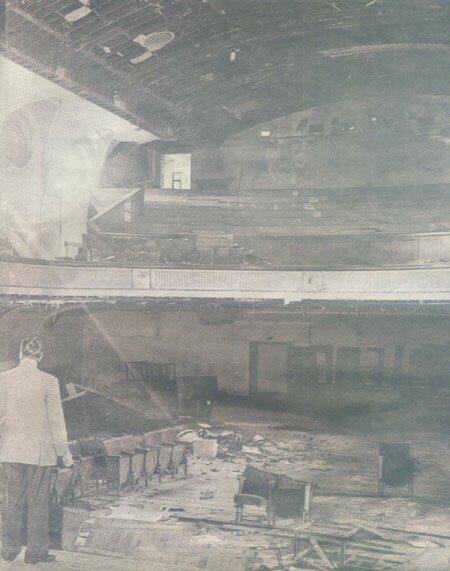Leith’s Early Shipping Trade
IN the early Middle Ages Berwick became the greatest commercial town in Scotland: “A city so populous and of such trade,” says an English chronicler of the time of Edward I., “that it might justly be called another Alexandria, whose riches were the sea, and the waters its walls.” This great prosperity of Berwick as a centre of commerce is said to have been due mostly to the wool trade with the Netherlands of the great religious houses, such as the abbeys of Kelso and Melrose.
At this period the monks took the leading part in the making of Scotland, for there was little commercial or industrial enterprise to be found outside the monasteries. Wherever they settled the land was made “blithe with plough and harrow,” and in this way the waste lands became fruitful fields. Further, they encouraged trading among others by acting the part of bankers and advancing money without interest on the security of lands and tenements.
for more click here


